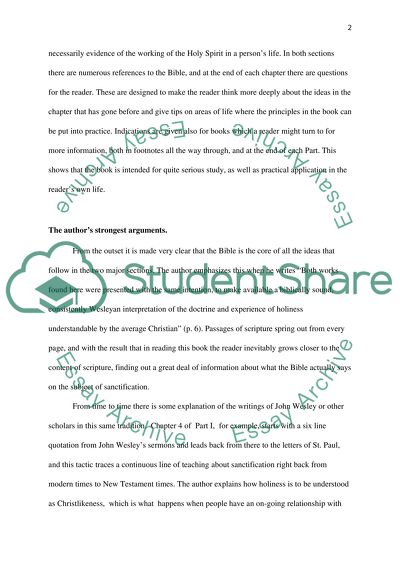Cite this document
(“Complete Sanctification- Book Critique on Becoming Christlike Report/Review”, n.d.)
Complete Sanctification- Book Critique on Becoming Christlike Report/Review. Retrieved from https://studentshare.org/religion-and-theology/1446358-complete-sanctification-book-critique-on-becoming
Complete Sanctification- Book Critique on Becoming Christlike Report/Review. Retrieved from https://studentshare.org/religion-and-theology/1446358-complete-sanctification-book-critique-on-becoming
(Complete Sanctification- Book Critique on Becoming Christlike Report/Review)
Complete Sanctification- Book Critique on Becoming Christlike Report/Review. https://studentshare.org/religion-and-theology/1446358-complete-sanctification-book-critique-on-becoming.
Complete Sanctification- Book Critique on Becoming Christlike Report/Review. https://studentshare.org/religion-and-theology/1446358-complete-sanctification-book-critique-on-becoming.
“Complete Sanctification- Book Critique on Becoming Christlike Report/Review”, n.d. https://studentshare.org/religion-and-theology/1446358-complete-sanctification-book-critique-on-becoming.


